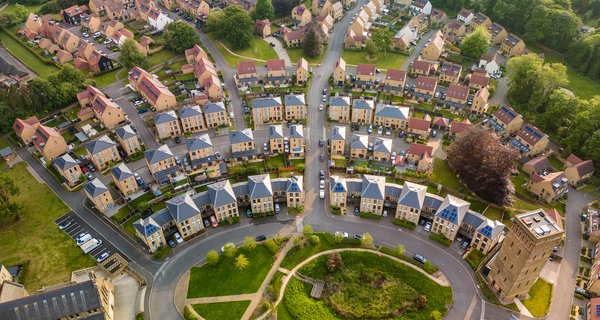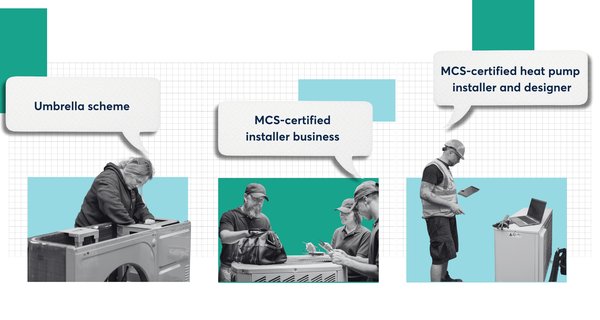Scenario 2 – Cheaper electricity
In the ‘Cheaper electricity’ scenario, price parity is driven by a rapid fall in the price of electricity relative to gas. The ratio of electricity to gas prices falls just below 2.0, driven by a more significant rebalancing of levies towards gas and a lower wholesale electricity price. Upfront heat pump costs fall by 2.5% a year, heat pump efficiencies stay constant, while subsidies follow the same path as in the ‘High innovation’ scenario, gradually decreasing after 2028.
Details of the scenario
The wholesale price of electricity follows lower price projections by DESNZ. But the majority of the difference is driven by a stronger rebalancing of policy levies than in other scenarios. The levies on bills are rebalanced so that a uniform cost of 1.29p per kWh is applied onto each unit of electricity and gas, while keeping the total amount of revenue collected constant. Households with typical gas and electricity consumption would now be paying most of their policy levies through gas (because more gas is used than electricity). This puts households that don’t use gas at a significant advantage. Meanwhile households with higher gas usage than the typical consumer will be slightly worse off. This rebalancing in combination with cheaper wholesale electricity leads to an electricity-to-gas price ratio of just below 2. This significantly reduces relative running costs of heat pumps. Compared to today (4.1), the ratio is considerably lower.
Similarly to the ‘High innovation’ scenario, here governments are able to reduce subsidies relatively early, with the same trajectory, and still keep the whole-life costs of heat pumps close to boilers. This is thanks to the extreme advantage of heat pumps in overall running costs.
Because gas becomes more expensive in this scenario, this creates large discrepancies in savings on heat pumps between archetypes. Most savings are due to the change in relative running costs, so heat pumps become particularly attractive for larger homes with higher energy usage.
Most households save on heat pumps until 2031 and remain around price parity until 2034 when subsidies end (Figure 7).

Difference between median annualised whole-life cost of heat pump and gas boiler
Figure 7
This line graph illustrates the difference in median annualised whole-life costs between heat pumps and gas boilers from 2024 to 2035 under the “Cheaper electricity” scenario. Negative numbers mean households save by switching to a heat pump. The graph shows costs for eight home archetypes: flats; bungalows; semi-detached, terraced houses and maisonettes; and detached houses, each split by construction age – before and after 1950. The average cost difference is depicted for each year of the heating being installed. Cost difference starts between £0 and -£200 and further reduces. There are several increases in relative costs when subsidies are reduced: 2028, 2029, 2031 and 2034. Costs remain negative until 2034. They are generally very similar across archetypes, but detached houses pre-1950 save significantly more on a heat pump (this is because they have higher running costs).
If installing a heat pump in 2030, households will save between £10 and £230 (£70 on average) on lifetime costs, depending on the type of their home, with larger homes saving more than flats (Figures 8 and 9).










